Commercial Radon Mitigation
Free Quote Click Here!At All Iowa Radon we pride ourselves in customer satisfaction!
Call us today or fill out the form below for a FREE Quote!
319-231-3963
The Importance of Commercial Radon Mitigation in Knoxville, Iowa
Radon is a naturally occurring, odorless, colorless, and tasteless gas that can be found in the soil and rocks beneath our homes and businesses. It is the second leading cause of lung cancer in the United States and is responsible for an estimated 21,000 deaths each year. In Knoxville, Iowa, radon levels can be especially high due to the area’s geology and soil composition.For this reason, it is important for businesses in Knoxville to take the necessary steps to mitigate the risk of radon exposure. All Iowa Radon provides commercial radon mitigation services to help businesses reduce their radon levels and protect their employees and customers from the dangers of radon exposure.All Iowa Radon’s commercial radon mitigation services include testing, installation of radon mitigation systems, and ongoing monitoring. Testing is the first step in determining the radon levels in a building and is essential for identifying any potential risks. Once the radon levels have been determined, All Iowa Radon can install a radon mitigation system to reduce the levels to a safe level. Finally, All Iowa Radon provides ongoing monitoring to ensure that the radon levels remain at a safe level.Commercial radon mitigation is an important step for businesses in Knoxville, Iowa. All Iowa Radon provides comprehensive services to help businesses reduce their radon levels and protect their employees and customers from the dangers of radon exposure. With All Iowa Radon’s help, businesses in Knoxville can rest assured that their buildings are safe and free from the dangers of radon.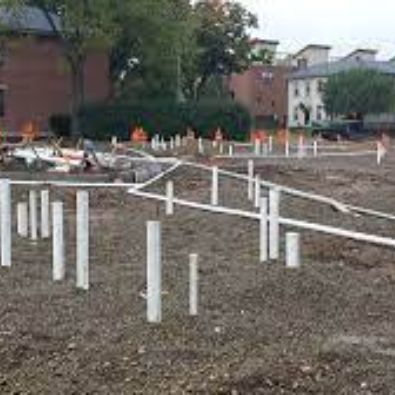
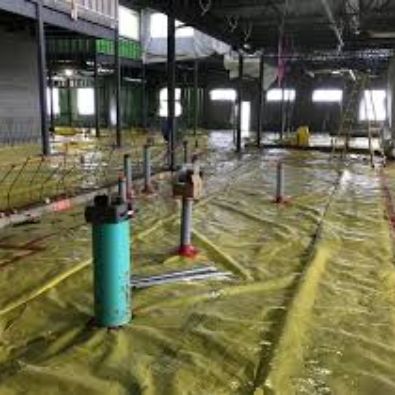
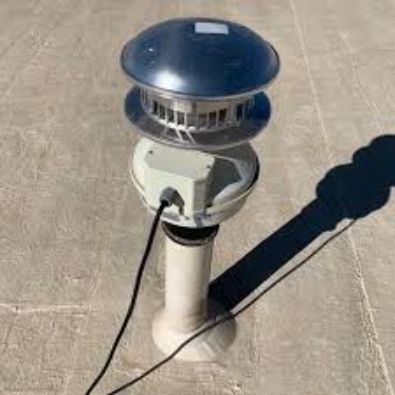
Call Now For A Free Commercial Radon Assessment 319-231-3991
Knoxville, Iowa is a small city located in Marion County, Iowa. It is the county seat of Marion County and has a population of 7,731 as of the 2010 census. Knoxville is known for its historic downtown, which is home to many unique shops and restaurants. The city is also home to the National Sprint Car Hall of Fame and Museum, which celebrates the history of sprint car racing. Knoxville is also home to the Knoxville Raceway, which hosts the Knoxville Nationals, the most prestigious sprint car race in the world.
Knoxville was founded in 1846 and was named after Henry Knox, the first Secretary of War under President George Washington. The city was originally a trading post and was known as the “Gateway to the West” due to its location on the Des Moines River. Knoxville was also the site of the first public school in Marion County, which was established in 1851.
Knoxville is home to several parks and recreational areas, including the Knoxville Recreational Trail, which is a 4.5 mile long paved trail that runs through the city. The city also has a number of historic buildings, including the Marion County Courthouse, which was built in 1856 and is listed on the National Register of Historic Places. Knoxville is also home to the Knoxville Public Library, which was established in 1875 and is the oldest public library in Iowa.
Knoxville is also home to the Knoxville Community Theatre, which is the oldest continuously operating community theatre in the state of Iowa. The theatre was founded in 1947 and has been producing plays and musicals ever since. Knoxville is also home to the Knoxville Symphony Orchestra, which was founded in 1948 and is the oldest symphony orchestra in Iowa.
Knoxville is a great place to visit and explore. With its historic downtown, parks, and recreational areas, there is something for everyone to enjoy. Whether you’re looking for a unique shopping experience, a night out at the theatre, or a relaxing stroll along the river, Knoxville has something for everyone.
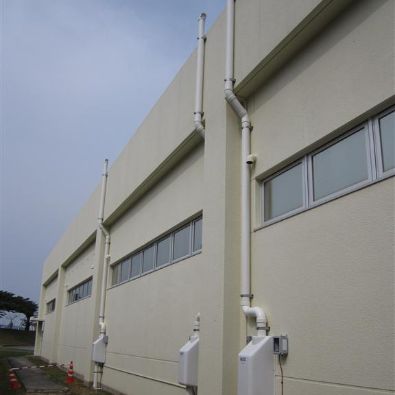
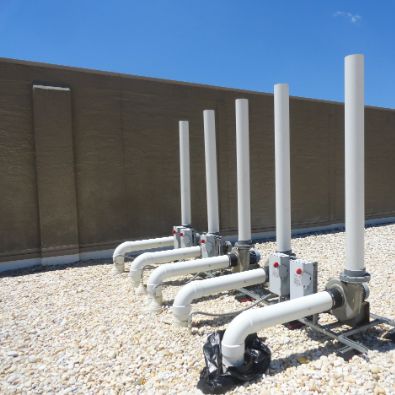
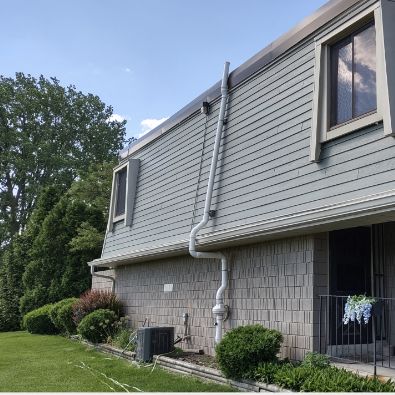
The History of Radon in Knoxville, Iowa
Radon is a naturally occurring radioactive gas that is found in the soil and rocks of Knoxville, Iowa. It is odorless, colorless, and tasteless, and can be found in both indoor and outdoor air. Radon is the second leading cause of lung cancer in the United States, and it is important to be aware of the levels of radon in your home or workplace.
Radon was first discovered in Knoxville, Iowa in the late 1980s. At that time, the Environmental Protection Agency (EPA) began to monitor the levels of radon in the area. The EPA found that the levels of radon in Knoxville were higher than the national average, and they recommended that homeowners take steps to reduce their exposure to the gas.
Since then, the EPA has continued to monitor the levels of radon in Knoxville, and they have found that the levels have decreased over time. This is due to the efforts of local residents to reduce their exposure to the gas. Homeowners have installed radon mitigation systems, such as radon fans and sump pumps, to reduce the levels of radon in their homes. Additionally, the EPA has provided educational materials to help residents understand the risks associated with radon and how to reduce their exposure.
Today, the levels of radon in Knoxville are still higher than the national average, but they are much lower than they were in the 1980s. The EPA continues to monitor the levels of radon in the area, and they recommend that all homeowners test their homes for radon and take steps to reduce their exposure if necessary.
Contact Us For A Free Quote!
Our team of experts is ready to provide you with personalized guidance and deliver exceptional results.
